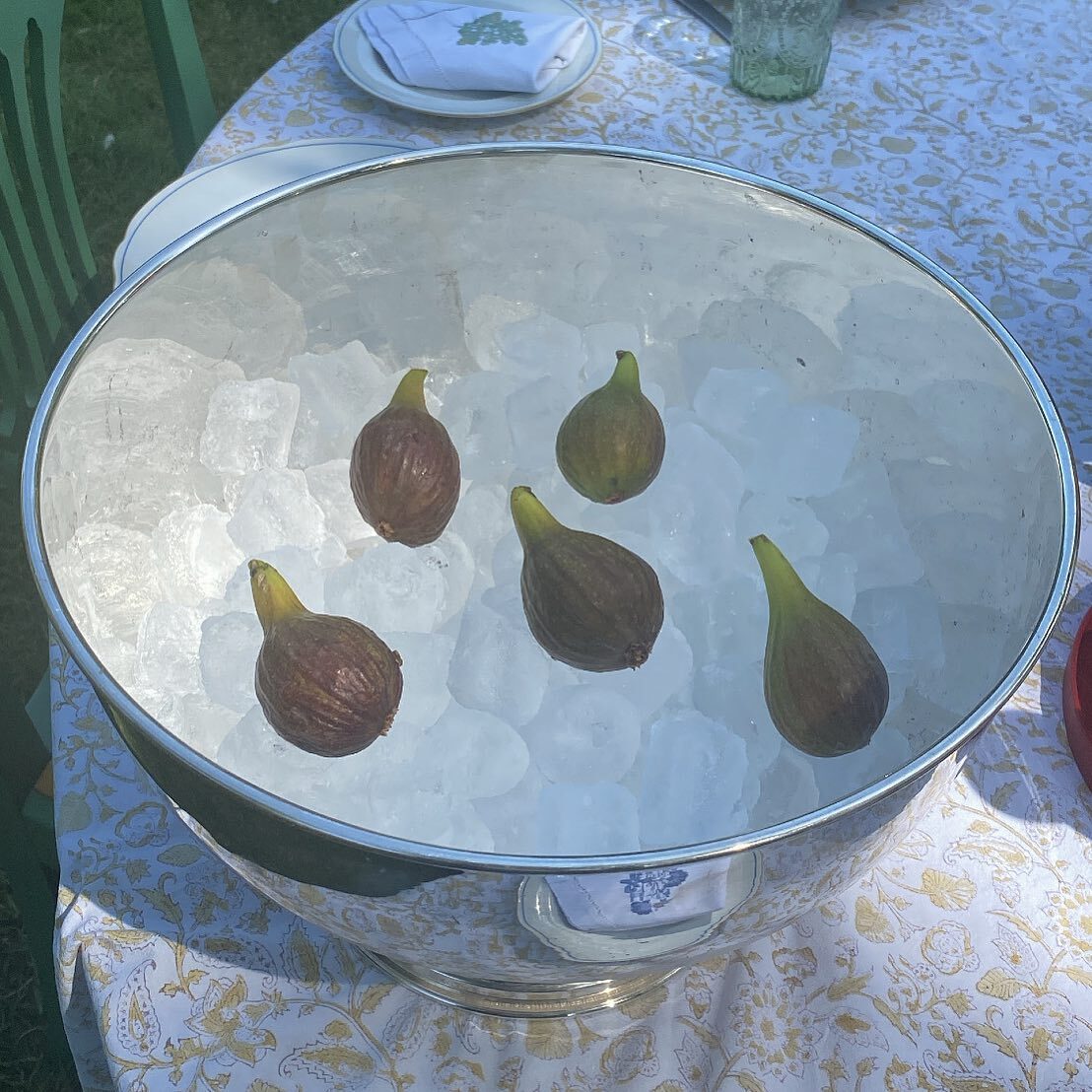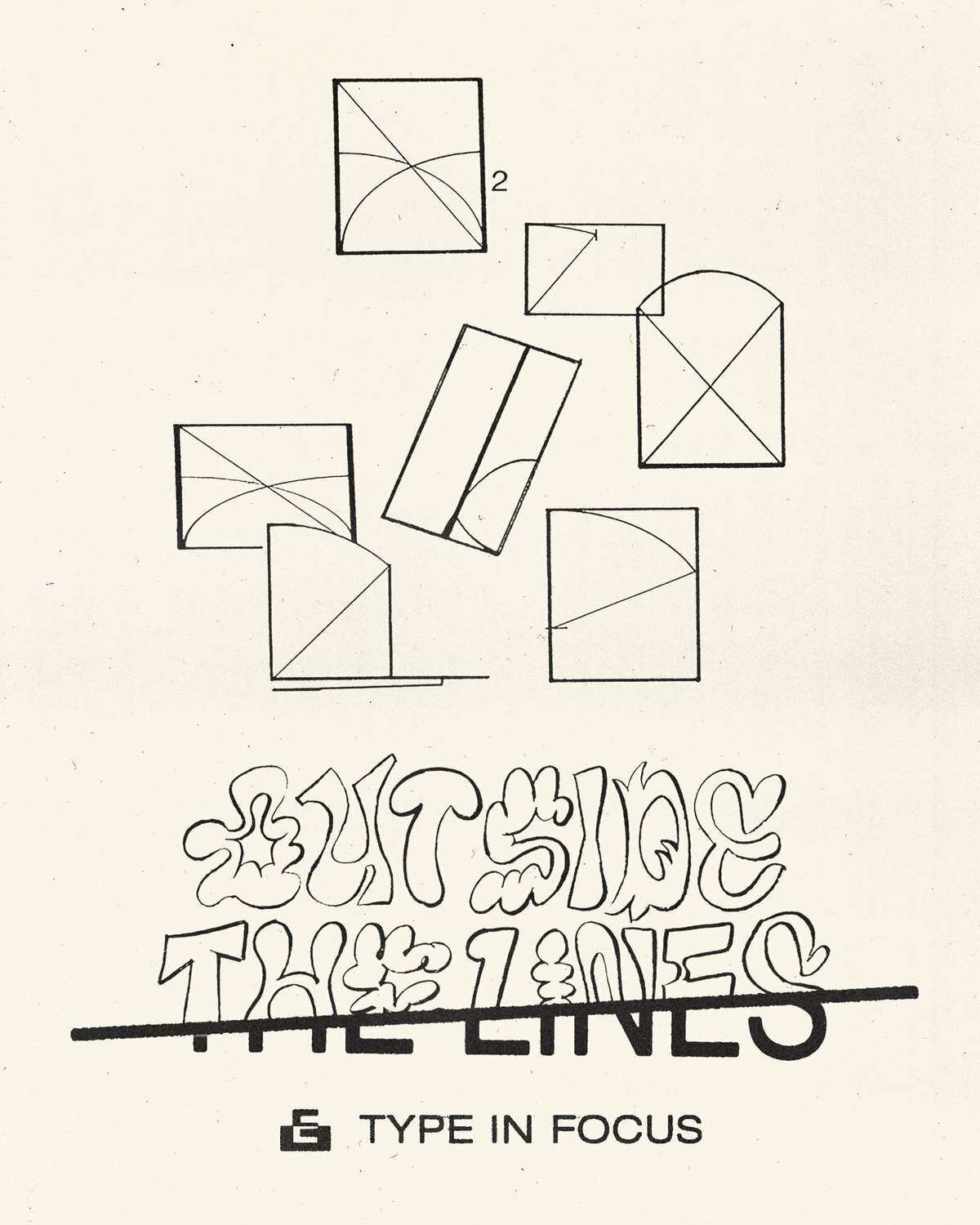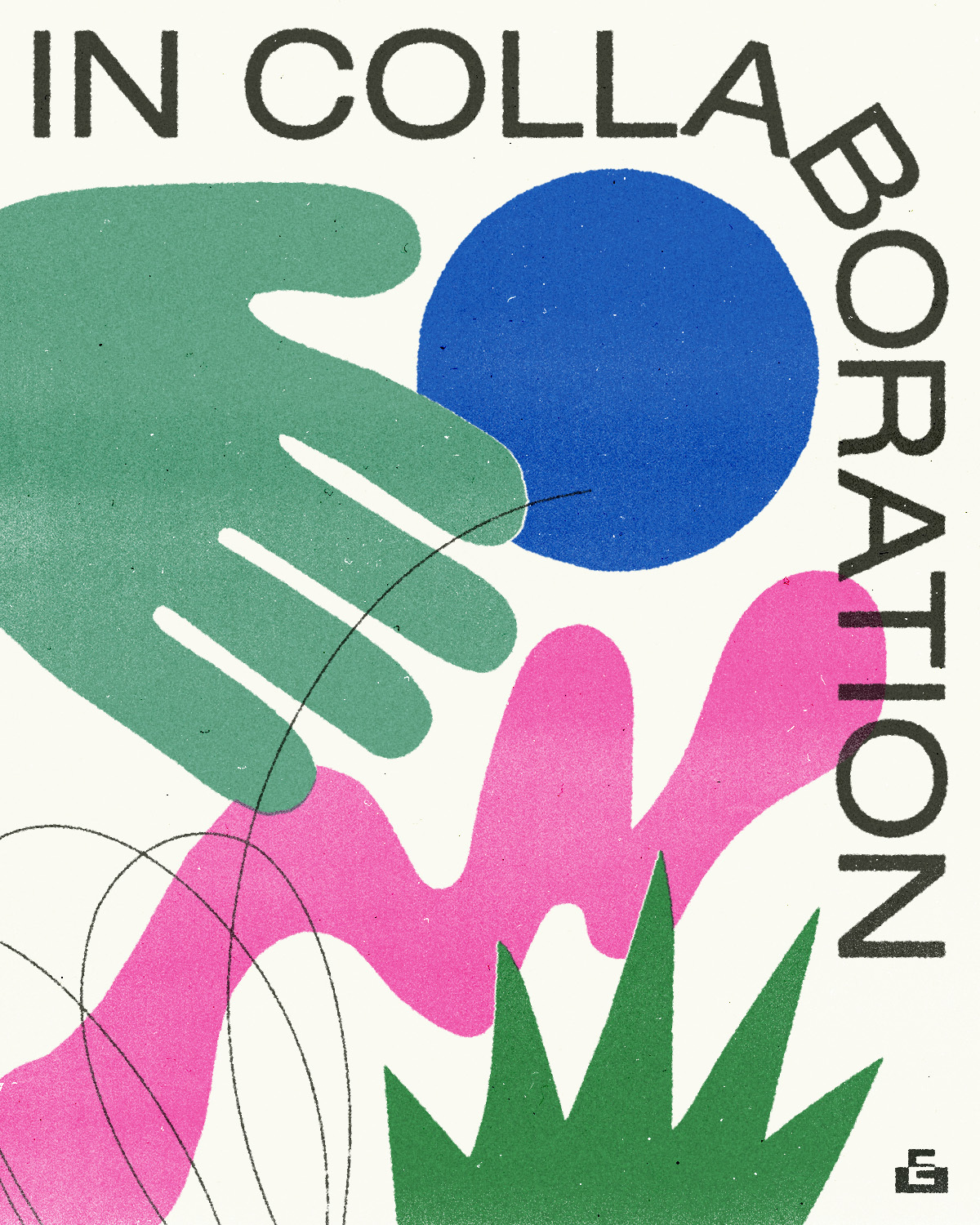Oddly, though, while I like the cataloguing I sometimes find it hard to bring myself to do it if I am enjoying myself — and for me it’s not simply the need to capture, but, as someone who cooks food semi-professionally and writes about it, useful research. I will be eating something wonderful, remarkable, deeply special, say in the Barcelona suburbs or a field in rural Devon, and won’t touch my phone once. At home afterwards I feel a pang of sadness. Nothing? I miss my aide memoir. I try and write about the meal and can’t quite get to it. So perhaps I cook something similar, and in better lighting, with less joy to distract me, and take a snap of it.
But then this is a different thing, not the battle photography of a messy dinner table — the crumpled napkins, someone’s ugly phone case, a tin of beer among the beautiful wine glasses — but stage-making and stage-recording: creating a dish for the (almost) sole purpose of capturing it. In other words, visual expression, or in one dirty word, art.
There’s something guilty about it, self-indulgent
There’s something guilty about it, self-indulgent, this image making. And does it count? Can art be edible? Seeking affirmation, one looks to peers on Instagram, to feel coddled and accepted. Like the shining ephemerality of Imogen Kwok’s table pieces, or the exultant peasantry (similar to pageantry here) of Laila Gohar’s plates of vegetables, her beans, her boiled eggs, her towers of prawns. Among this cleverness one feels much less indulgent, in fact one feels quite lacking. Or I do anyway. Why can’t I make things this pretty? This simple?
It’s a trope to dismiss all this as silly — it’s just food, it makes a mockery of real art, it is vain. But so are all expressions of human exuberance: floral displays, abstract paintings, opera. Opera is the silliest of all. My favourite food maker — stylist? cook? artist? — at the moment is Monika Varšavskaja, who has the Instagram handle @cuhnja. She explores classic French cookery with a designer’s finesse: a tart covered with a single, perfect cabbage leaf glints like a large jewel, saucisson en brioche sits plump and soft upon a white tablecloth, a (not French) pascha is geometric with uncanny perfection, flecked with flowers. And the food will be presented on a long table in a meadow, a chateau somewhere in the distance. Hers is image making with no self-consciousness, only attentiveness.
It can be easy to think of this as a new trend, or as something which has born out of the performance of life on Instagram. But such performance in cooking, and of eating, falls into a long, wonderful and shocking tradition that long predates social media.
Ancient Roman feasts would put exuberant display above all else — “eggs made of pastry filled with tiny woodland warblers called figpeckers, a hare made to look like Pegasus, sows’ nipples and vulvas (the Romans adored the sexual parts of animals), dormice rolled in honey and poppy seeds, pastry thrushes, and quinces stuck with thorns – all disguise and farcical theatre,” writes Mary Hollingsworth in The Cardinal’s Hat. The food would be brought in on large platters for the guests to admire. If only they’d had iPhones.
It can be easy to think of this as a new trend
The Italians of the Renaissance were even better. My favourite description of a feast, from Kate Colquhon’s Taste, begins with a table lain with “fifteen great gilded and painted sugar sculptures — five figures each of Venus, Bacchus and Cupid.”
The French court, especially during the decadent rule of Louis XIV, took food as art and expression to the greatest extreme, with the Grand Couvert, when courtiers would sit and watch their king eat his dinner from a long table heavy with food. Here the eating itself was immaterial. The importance lay in the ceremony, in the presentation of vast amounts of expensive food to be picked at. Here theatre.
And all this was not simply left to be ephemeral. Feasting has always been documented — on the walls of Pompei, in the paintings of Veronese. But food has never required such pomp and ceremony to be made image. I was thinking about this after noticing the new fashion for metal plates — they shine so well in photographs, reflecting a little of the food’s colour, of the room. Influenced, lucky, I found a 16thc pewter charger — reasonably shiny — very cheaply at an antique market. Such metal plating was the underpinning of countless Renaissance still lifes, from Italy to the low country — one especially beautiful is Willem Kalf’s Still Life with Ewer (which reminds me ever so of Laila Gohar’s simply plated fruits and vegetables.)
Such paintings hang in museums, are adored, feted. For they are expressions of human creativity, of want, not need. We make food beautiful for the same reason we dress up, because it is special, because we want to include more than necessity alone in our lives. And we record such food making because it is art and, as with any art, deserves to be celebrated.
Read More: A Neighbourhood Restaurant Never Goes Out Of Style






